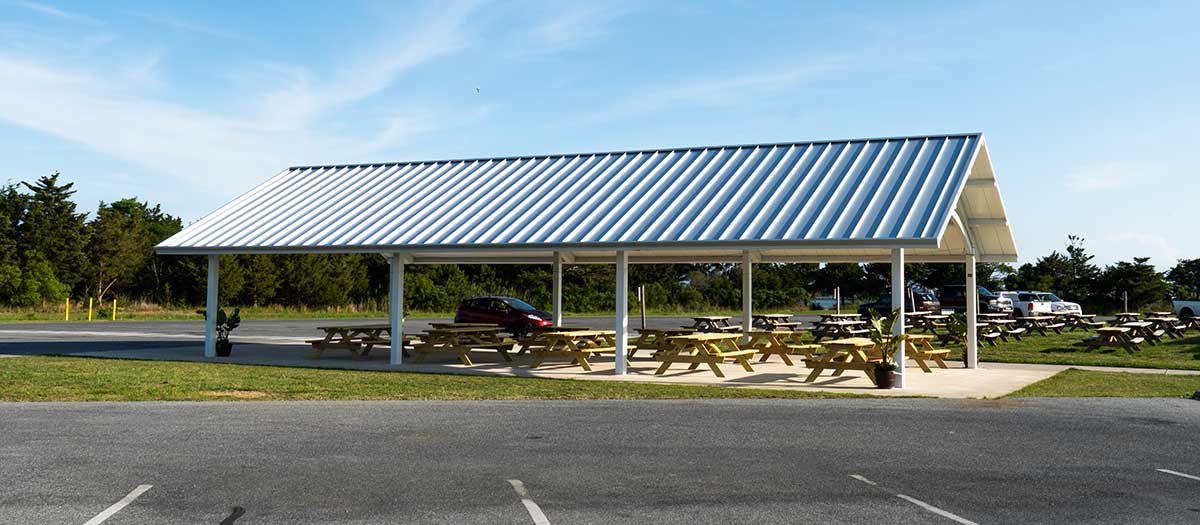State parks allow anyone to enjoy the beauty of the outdoors. They preserve, protect, and share some of our most important cultural, historical, and natural resources.
Whether your park is deep in the forests, near the shore, or sprawling across a mountain range, shelters are vital to your park. They provide places to gather, serve as outdoor classrooms, and more.
Sometimes, park staff deem it necessary to relocate a shelter to a more practical or suitable location. In those cases, you want to partner with a firm with the experience, equipment, and insight to ensure a successful move with as little impact as possible.
This article from DeVooght House Lifters explores everything you need to know about state park shelter relocation. Read on to learn how and why shelter relocation matters and the steps to ensure a successful move at every step.
Reasons to Relocate State Park Shelters
Moving a shelter from one location to another is a big task. You want to preserve the shelter’s structural integrity while keeping the property and natural surroundings intact.
Many times, relocating a shelter is the best option for your park. Below, we explore why relocating state park shelters is a good idea.
- Changing Environmental Conditions
Weather is a constant challenge to maintaining state park shelters. As our climate evolves and weather patterns shift, parks must adapt their approach to preserving their shelters and the resources required to maintain them.
Relocating these structures ensures their resilience against unpredictable environmental conditions. For example, relocation is crucial if your park receives increasingly high rains that contribute to flooding and unstable ground near a shelter. Should a shelter get swept away or crumble, the risks are incomprehensible and must be avoided at all costs. Relocation is a proactive way to fight changes in the landscape brought on by ever-changing environmental conditions.
- Infrastructure Upgrades
Like any other structures, state park shelters age over time and require maintenance and modernization to keep up with evolving standards. Relocating shelters allows for comprehensive upgrades, ensuring they remain safe, functional, and compliant with the latest building codes. This proactive approach ensures the longevity of these vital park assets.
- Land Use Planning
Optimizing land use is a crucial consideration for park management. Relocating shelters provides an opportunity to strategically plan and utilize available space more efficiently. This may involve consolidating facilities, opening areas for new recreational spaces, or aligning with broader park development goals.
Benefits of Relocating State Park Shelters
Regardless of why you’re choosing to relocate park structures, doing so allows you to reap significant benefits today and into the park’s future. Below, we outline a few ways your park will benefit by strategically relocating your shelters and structures.
- Preservation of Historic Structures
State park shelters often carry historical significance, embodying unique architectural styles and cultural heritage. Relocating these structures allows for preserving such historical gems, ensuring they continue to tell the story of the community while serving its current needs.
- Environmental Sustainability
State park shelters can be relocated with a commitment to the park’s natural surroundings. By partnering with experienced and environmentally-minded contractors, park management can contribute to the broader goal of environmental conservation as it seeks to make the most of its existing buildings and infrastructure.
- Cost-Efficiency
Comparing the costs of relocating state park shelters to building entirely new structures often reveals significant cost savings. The financial benefits extend beyond immediate savings, as relocated shelters can be durable and efficient structures for years when the move is properly planned for and executed.
What to Expect in Your State Park Shelter Relocation Process
While every relocation is unique, DeVooght House Lifters follows a thorough step-by-step plan to ensure all details are secure for your project. Below is a walk-through of what to expect in your shelter relocation process.
- Site Assessment and Planning
First, our team will assess the current site and plan the relocation process. This involves evaluating the shelter’s condition, understanding environmental factors, and creating a comprehensive relocation strategy.
- Structural Preparation for Relocation
Once we have a plan in place, we’ll take steps to ensure the shelter’s structural integrity during transportation. This may involve reinforcing the structure, removing obstacles, and asking you to secure any delicate or historical elements.
- Transportation Logistics
Day-of transportation will depend on the location of your shelter and the surrounding terrain. Our team will work out transportation methods, coordinate with relevant authorities, and preemptively address any challenges we may encounter during the relocation.
- Site Preparation at the New Location
The new site must be prepared before the move. This includes groundwork, foundation preparation, and ensuring that the new location aligns with the building’s intended use.
- Final Placement
Finally, the park shelter is secured at its new home. Meticulous planning ensures the shelter seamlessly integrates into its new surroundings and is ready for use.
Making the Most of Our State Park Resources
State parks are invaluable assets to our states and those who visit these protected tracts of land. Relocating state park shelters allows for responsible stewardship of financial and natural resources and preserves these structures for years of enjoyment and use.
As you consider contracting for park structure relocation, you want a firm that delivers on expertise, efficiency, and a community-centric approach that prioritizes your park and its visitors.
DeVooght House Lifters brings more than 55 years of professional structural relocation and elevation experience to the table. Our family-owned and operated business knows that the details matter, especially as you consider the best way to preserve your park resources and keep the natural landscape intact.
When you’re ready to explore shelter relocation options, contact the team at DeVooght House Lifters. We’re happy to walk you through every step of the process so you can know exactly what to expect with your relocation.

